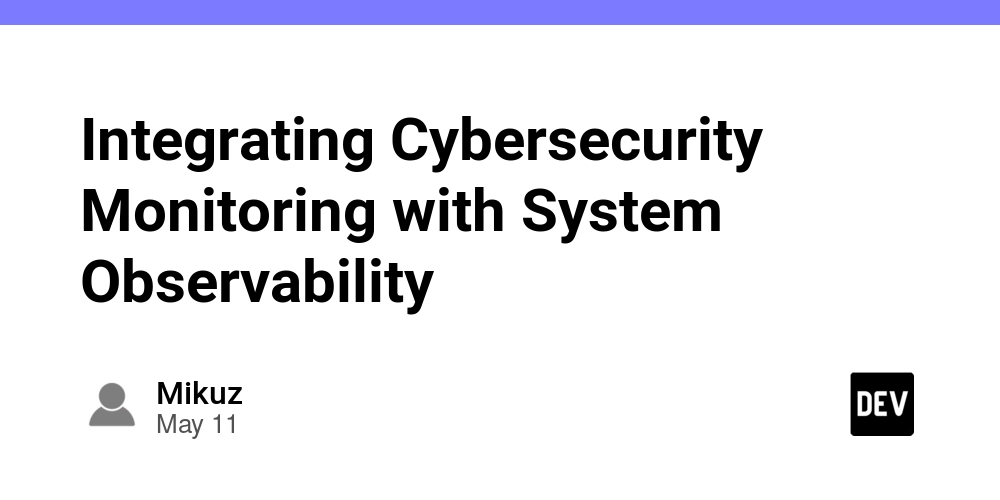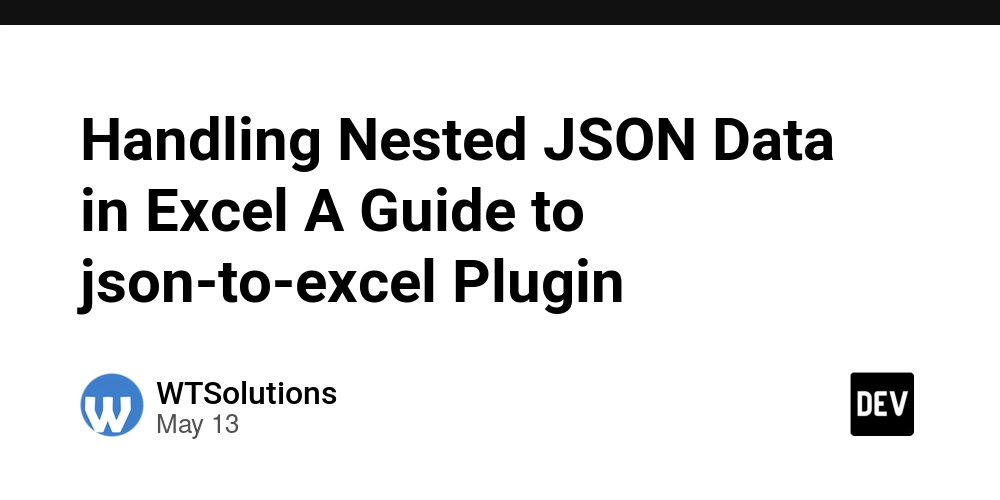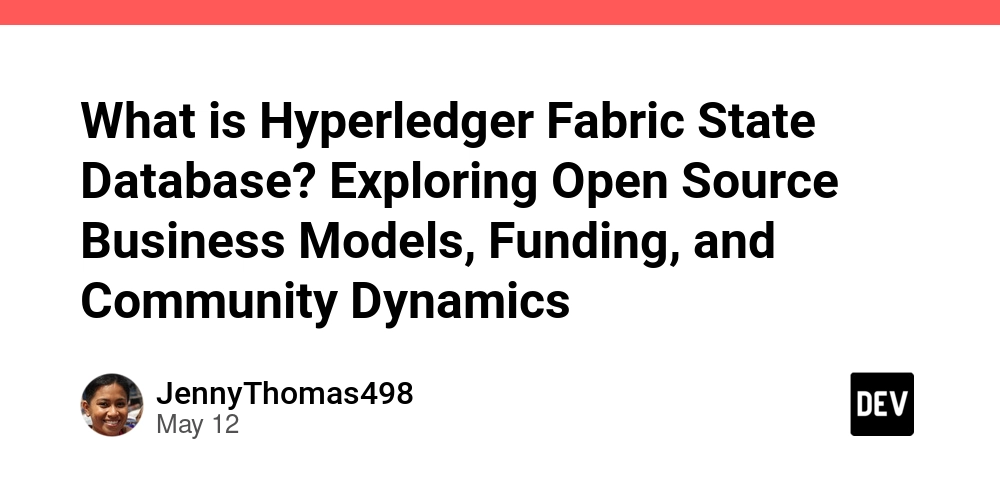Navigating the Angular Ecosystem in 2025: Essential Tools, Libraries, and Resources
The Angular ecosystem in 2025 offers developers a comprehensive suite of tools, libraries, and frameworks to enhance productivity and create modern web applications, with Angular Material remaining the gold standard for UI components alongside emerging alternatives, while the framework embraces a signals-first approach with NgRx SignalStore for state management, zoneless architecture for improved performance, and evolving testing solutions with Vitest gaining momentum as Karma's replacement. The State of Angular in 2025 Angular's 2025 strategy focuses on enhancing developer experience and performance while enabling easier adoption of new features. The framework is making significant strides with its zoneless architecture, which will improve change detection efficiency, interoperability, and initial load performance. Signal-based reactivity has become a cornerstone of Angular's evolution, with the team working toward promoting zoneless to developer preview and developing signal forms to address issues with type safety and scalability. Key developments in Angular's ecosystem for 2025 include: Signals-first approach - Developers are encouraged to fully embrace signals for reactivity rather than waiting for all signal-based features to mature, as transitioning from RxJS later would require extensive rewrites SignalStore for state management - Built on signals, NgRx SignalStore has become the preferred choice for both local and global state management, offering a clear standard without excessive boilerplate Dependency injection improvements - The inject() function is increasingly favored over constructor-based dependency injection for its flexibility and compatibility with functions Karma replacement - With Karma being deprecated, Angular is evaluating Web Test Runner, Jest, and Vitest as potential replacements to be integrated with the CLI Selectorless components - An RFC is planned to simplify dependency management in components and resolve the "double imports" problem Core Tooling and Project Setup Angular development in 2025 has significantly streamlined its tooling and project setup process, making it more accessible for developers to launch modern applications. The Angular CLI continues to serve as the foundation for new project creation, with enhanced options supporting zoneless applications that align with Angular's strategic direction. For optimal project initialization, developers now benefit from simplified CLI commands that automatically configure essential features like SCSS styling by default. This approach eliminates much of the manual configuration previously required, allowing teams to focus on development rather than setup procedures. For an optimal development environment in 2025, consider these essential components: Node.js LTS version - Required as a dependency for Angular CLI to function properly Nx - Increasingly popular for managing monorepos and providing advanced tooling for larger projects Signal-based architecture - Setting up projects with signals from the start, using the inject() function for dependency injection instead of constructor injection TanStack Query for Angular - Gaining traction for handling server state and caching, often used in combination with SignalStore Bun - Emerging as a faster alternative to Node.js for Angular development environments Cursor - An AI-powered IDE that's receiving positive feedback from Angular developers for productivity enhancements UI Component Libraries and Styling Angular's ecosystem in 2025 offers several robust UI component libraries that can significantly accelerate development while providing polished, accessible interfaces. Angular Material remains the dominant choice, developed by the Angular team itself with tight framework integration and Material Design compliance. For developers seeking alternatives, PrimeNG offers extensive component coverage with theming capabilities, while NGX Bootstrap and NG Bootstrap provide Angular-native implementations of the popular Bootstrap framework. Other notable options gaining traction include: Clarity - VMware's open-source design system combining UX guidelines with Angular components NG-Zorro - Implements Ant Design specifications with enterprise-grade components Nebular - A customizable UI kit with multiple visual themes and auth integration Onsen UI - Specializes in mobile-first components for hybrid applications For styling Angular applications in 2025, SCSS remains the preferred approach, with developers organizing styles using patterns like the 7–1 architecture for better maintainability. The Angular CLI seamlessly processes Sass files, allowing for variables and mixins to be shared across components while maintaining the framework's component encapsulation model. State Management and Reactivity In 2025, Angular's state management landscape has evolved significantly around signals, with NgRx SignalStore emerging as the

The Angular ecosystem in 2025 offers developers a comprehensive suite of tools, libraries, and frameworks to enhance productivity and create modern web applications, with Angular Material remaining the gold standard for UI components alongside emerging alternatives, while the framework embraces a signals-first approach with NgRx SignalStore for state management, zoneless architecture for improved performance, and evolving testing solutions with Vitest gaining momentum as Karma's replacement.
The State of Angular in 2025
Angular's 2025 strategy focuses on enhancing developer experience and performance while enabling easier adoption of new features. The framework is making significant strides with its zoneless architecture, which will improve change detection efficiency, interoperability, and initial load performance. Signal-based reactivity has become a cornerstone of Angular's evolution, with the team working toward promoting zoneless to developer preview and developing signal forms to address issues with type safety and scalability.
Key developments in Angular's ecosystem for 2025 include:
Signals-first approach - Developers are encouraged to fully embrace signals for reactivity rather than waiting for all signal-based features to mature, as transitioning from RxJS later would require extensive rewrites
SignalStore for state management - Built on signals, NgRx SignalStore has become the preferred choice for both local and global state management, offering a clear standard without excessive boilerplate
Dependency injection improvements - The
inject()function is increasingly favored over constructor-based dependency injection for its flexibility and compatibility with functionsKarma replacement - With Karma being deprecated, Angular is evaluating Web Test Runner, Jest, and Vitest as potential replacements to be integrated with the CLI
Selectorless components - An RFC is planned to simplify dependency management in components and resolve the "double imports" problem
Core Tooling and Project Setup
Angular development in 2025 has significantly streamlined its tooling and project setup process, making it more accessible for developers to launch modern applications. The Angular CLI continues to serve as the foundation for new project creation, with enhanced options supporting zoneless applications that align with Angular's strategic direction.
For optimal project initialization, developers now benefit from simplified CLI commands that automatically configure essential features like SCSS styling by default. This approach eliminates much of the manual configuration previously required, allowing teams to focus on development rather than setup procedures.
For an optimal development environment in 2025, consider these essential components:
Node.js LTS version - Required as a dependency for Angular CLI to function properly
Nx - Increasingly popular for managing monorepos and providing advanced tooling for larger projects
Signal-based architecture - Setting up projects with signals from the start, using the
inject()function for dependency injection instead of constructor injectionTanStack Query for Angular - Gaining traction for handling server state and caching, often used in combination with SignalStore
Bun - Emerging as a faster alternative to Node.js for Angular development environments
Cursor - An AI-powered IDE that's receiving positive feedback from Angular developers for productivity enhancements
UI Component Libraries and Styling
Angular's ecosystem in 2025 offers several robust UI component libraries that can significantly accelerate development while providing polished, accessible interfaces. Angular Material remains the dominant choice, developed by the Angular team itself with tight framework integration and Material Design compliance. For developers seeking alternatives, PrimeNG offers extensive component coverage with theming capabilities, while NGX Bootstrap and NG Bootstrap provide Angular-native implementations of the popular Bootstrap framework.
Other notable options gaining traction include:
Clarity - VMware's open-source design system combining UX guidelines with Angular components
NG-Zorro - Implements Ant Design specifications with enterprise-grade components
Nebular - A customizable UI kit with multiple visual themes and auth integration
Onsen UI - Specializes in mobile-first components for hybrid applications
For styling Angular applications in 2025, SCSS remains the preferred approach, with developers organizing styles using patterns like the 7–1 architecture for better maintainability. The Angular CLI seamlessly processes Sass files, allowing for variables and mixins to be shared across components while maintaining the framework's component encapsulation model.
State Management and Reactivity
In 2025, Angular's state management landscape has evolved significantly around signals, with NgRx SignalStore emerging as the preferred solution for robust application state handling. SignalStore offers a fully-featured state management approach built on Angular's reactive signals, providing a cleaner alternative to traditional RxJS-based solutions. For simpler use cases, Signal State provides a lightweight API ideal for smaller, isolated scenarios where a complete redux-like architecture isn't necessary.
The Angular ecosystem now offers developers multiple reactivity options:
SignalStore with Events plugin - Released in NgRx v19.2, this experimental feature brings Flux architecture principles to SignalStore, decoupling events from their resulting state changes for more maintainable code
Performance benefits - Signals provide targeted updates rather than full component tree checks, offering significant performance improvements over traditional change detection
Simplified development - Signals eliminate common RxJS challenges like subscription management and unsubscribing, while maintaining compatibility for developers who wish to use both approaches
Intuitive patterns - Using
signal()for reactive variables,computed()for derived state, andeffect()for reactions to changes creates a more accessible mental model for state management
Testing and Quality Assurance
Angular's testing landscape in 2025 is undergoing significant changes following Karma's deprecation. The Angular team is actively evaluating Web Test Runner, Jest, and Vitest as potential replacements to be integrated with the CLI. While Jest has been widely adopted by the Angular community, Vitest is gaining traction due to its superior ESM support, Jest-compatible API, and faster performance.
For testing Angular applications in 2025, developers have several powerful options:
Vitest - Built on Vite with native ESM support, eliminating common configuration headaches like the
SyntaxError: Unexpected token 'export'often encountered with JestJest - Still widely used but facing challenges with ESM compatibility
Testing signals - New patterns are emerging for testing signal-based components, with best practices focusing on keeping derived signals simple and combining signals with observables when needed
Testing inject() function - Requires special approaches since functions using
inject()must be called in the correct contextWeb Test Runner - Offers the advantage of testing in real browsers rather than Node environments, which may better align with Angular's future direction
Additional Tools and Resources
Angular development in 2025 benefits from several specialized tools that enhance productivity beyond the core framework. Cursor, an AI-powered IDE, has gained significant traction among Angular developers for its intelligent code completion and contextual suggestions, with Nx integration making it even smarter for monorepo management. For HTTP communication, while developers await the stable release of httpResource, Angular (TanStack) Query is becoming the preferred solution for managing server state and caching, especially when used alongside SignalStore.
Other valuable tools in the Angular ecosystem include:
Analog - A meta-framework for building Angular applications with file-based routing and enhanced developer experience
Tailwind CSS - Increasingly popular for utility-first styling in Angular applications
Bun - Emerging as a faster Node.js alternative for Angular development environments
Angular Console - A graphical UI for the Angular CLI that simplifies command execution
Nx - Powerful for creating npm libraries and managing mixed Java/Angular projects, though some developers prefer simplified workspace configurations
Join the Conversation
I value your insights and experiences! Please share your thoughts to help me and the Angular community grow together:
What are your favorite Angular tools, libraries, or resources that you rely on in 2025? Let me know if there's something essential I missed or a new tool you're excited about.
Have you faced unique challenges or discovered effective solutions in your recent Angular projects? Share your stories so others can learn from your experience.
Is there a topic you'd like me to explore in more depth, or questions you have about Angular's evolving ecosystem? Suggest ideas for future articles or ask your toughest Angular questions here.
Your feedback helps me create better, more relevant content and fosters a stronger, more collaborative Angular community. Looking forward to your comments and suggestions!
Conclusion
As Angular continues to evolve in 2025, the framework is embracing a signals-first approach that represents a fundamental shift in its reactivity model. Developers are encouraged to "go all in with Signals" rather than waiting for all signal-based features to mature, as transitioning from RxJS later would require extensive rewrites. The ecosystem has coalesced around several key UI libraries, with Angular Material remaining the gold standard for Material Design implementation, while alternatives like NG-Zorro, PrimeNG, and Nebular offer compelling options for different design needs and use cases.
The testing landscape is transforming with Vitest gaining momentum as a superior alternative to Jest, offering native ESM support that eliminates common configuration headaches. Meanwhile, state management has found clarity with NgRx SignalStore emerging as the preferred solution, recently enhanced with an Events plugin that brings Flux architecture principles to signal-based state management4. As Angular 20 approaches in late May 2025, developers can expect further refinements to zoneless change detection and signal-based forms, cementing Angular's position as a framework that balances innovation with stability for enterprise-grade applications.
Thank you for reading! If you enjoyed this article or want to connect further, feel free to connect with me on LinkedIn. Let's build a stronger Angular community together!












































































































































































![[The AI Show Episode 146]: Rise of “AI-First” Companies, AI Job Disruption, GPT-4o Update Gets Rolled Back, How Big Consulting Firms Use AI, and Meta AI App](https://www.marketingaiinstitute.com/hubfs/ep%20146%20cover.png)

























































































































![[DEALS] The ChatGPT & AI Super Bundle (91% off) & Other Deals Up To 98% Off – Offers End Soon!](https://www.javacodegeeks.com/wp-content/uploads/2012/12/jcg-logo.jpg)



![How to make Developer Friends When You Don't Live in Silicon Valley, with Iraqi Engineer Code;Life [Podcast #172]](https://cdn.hashnode.com/res/hashnode/image/upload/v1747360508340/f07040cd-3eeb-443c-b4fb-370f6a4a14da.png?#)



























































































































































































































-xl-(1)-xl-xl.jpg)























![iPhone 17 Air Could Get a Boost From TDK's New Silicon Battery Tech [Report]](https://www.iclarified.com/images/news/97344/97344/97344-640.jpg)
![Vision Pro Owners Say They Regret $3,500 Purchase [WSJ]](https://www.iclarified.com/images/news/97347/97347/97347-640.jpg)
![Apple Showcases 'Magnifier on Mac' and 'Music Haptics' Accessibility Features [Video]](https://www.iclarified.com/images/news/97343/97343/97343-640.jpg)
![Sony WH-1000XM6 Unveiled With Smarter Noise Canceling and Studio-Tuned Sound [Video]](https://www.iclarified.com/images/news/97341/97341/97341-640.jpg)



































































